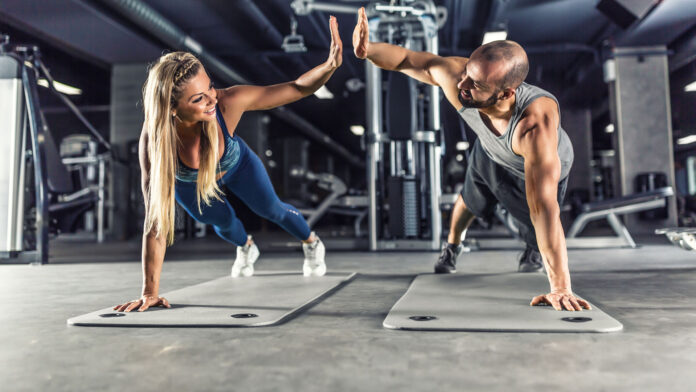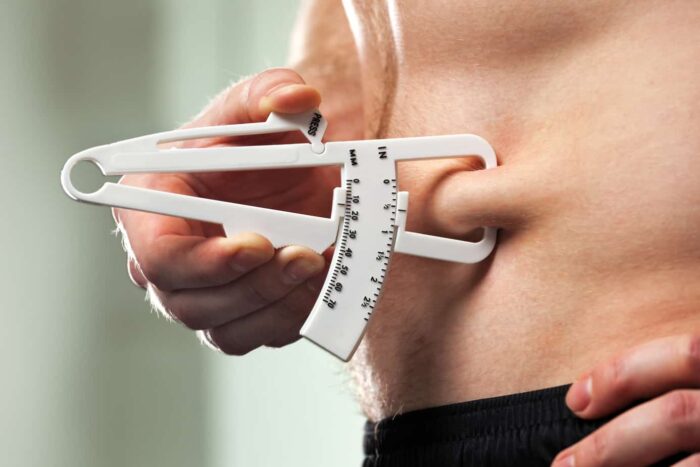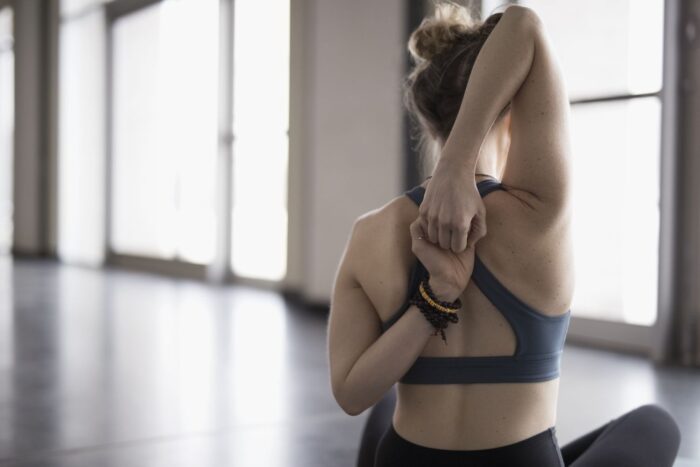
If you’re thinking about contracting a personal trainer, it’s integral that you know how a fitness assessment is carried out and its importance. When you begin your fitness journey with a personal trainer, conducting a fitness assessment is standard procedure. A fitness assessment, also referred to as a fitness test, consists of a series of tests that help measure your physical status and overall health.
Some of the standard tests will evaluate your flexibility, strength, body composition, cardiovascular endurance, and so on. The results of these exams will help the trainer come up with a personalised plan that meets your fitness requirements and goals. The tests also help determine which kinds of exercises are best for you and how frequently you should do them to avoid the risk of injury. By assessing your fitness level and progress, your Body Alignment DXB trainer will help you make the most of every training session.
In this article, we will explore the essential elements of any fitness assessment.
General Health Evaluation
This is the first test conducted as part of your overall fitness assessment. Before beginning a fitness plan, it is crucial to disclose your medical history to your personal trainer and receive the necessary go-ahead from your physician to proceed. If the healthcare provider has any reservations, they should be recorded and relayed to the trainer.
General health evaluations will use a few screening tools to help establish your baseline health. This may entail measuring vital signs like body weight, height, resting blood pressure (RBP), and resting heart rate (RHR). Another addition to a general health evaluation that most personal trainers will use is a physical activity readiness questionnaire (PAR-Q), which consists of questions concerning your overall health. Questions may include the medication you’re currently on, any injuries you’ve suffered that may affect your ability to engage in intense exercise, and the like.
Body Composition Test

Body composition refers to the constituents that make up your body weight, including fat, bones, and muscles. A personal trainer can calculate your body composition using a number of techniques, including:
Body Mass Index (BMI)
BMI is a general estimate of body fat based on weight and height. It is measured by dividing an individual’s weight by height squared (kg/m2).
Bioelectrical Impedance Analysis (BIA)
BIA uses electrical currents to establish your physiological constitution. Electrodes are placed on the soles of your feet, where currents are transmitted to your abdomen to assess your body composition.
Skinfold Measurements
Skinfold measurements are still very effective but are deemed somewhat antiquated in the fitness sector. During this assessment, special callipers are utilised to establish the amount of body fat present in one skin fold.
Girth Measurements
Girth measurement results will be used in the last stages to evaluate the progress you have made with regard to muscle growth and fat loss. Common girth measurement sites include the neck, calves, chest, shoulders, thighs, hips, and waist.
Flexibility Assessment
Testing how flexible your joints are is integral to establishing whether you have restrictions in your motion range, foot instability, or postural imbalances. Common flexibility assessments conducted include:
Shoulder flexibility test

Also referred to as the zipper test, this test assesses how mobile and flexible your shoulder joint is. Your trainer will ask you to reach behind your head with one hand positioned between the shoulders while stretching the other hand towards your shoulders. Flexibility will be measured by how far your fingers are apart from each other.
Sit-and-reach test
This test assesses the stiffness in your lower back and hamstrings. As the name suggests, this test is done while seated on the floor with your legs completely extended. You will then be prompted to reach forward in an attempt to touch your toes. How far your fingertips are from your feet is what will be used to measure flexibility.
Trunk lift test
This test assesses the stiffness in your lower back muscles. It is done while lying on the floor on your stomach with your hands stretched sideways. Next, you will be prompted to raise your upper body using your back muscles. How high you raise your upper body will determine your flexibility level.
Cardiovascular Endurance Testing
If you are looking to engage in a rigorous exercise regimen, this is an essential test to take. Also referred to as stress testing, cardiovascular endurance testing assesses how efficiently your lungs and heart supply energy and oxygen to other body parts during intense physical activity. Here are some of the common tests conducted:
12-minute run test
A treadmill is used to conduct this 12-minute run test. Here, the pre-exercise respiratory and heart rates will be contrasted with your post-exercise respiratory and heart rates.
Exercise stress test

This test is conducted on an immobile bike or treadmill and entails using a heart monitor and blood pressure cuff to assess your vital signs and the stress imposed on your body while exercising.
VO2 max test
This test is conducted on an immobile bike or treadmill, where a breathing device will be used to gauge your optimum oxygen consumption rate while engaging in physical activity.
Strength and Endurance
Strength testing evaluates the amount of force a muscle group uses at any given moment, while endurance testing assesses the duration a certain muscle group can tighten and release before getting fatigued. The commonly used exercises for assessments include the core strength and stability test and the push-up test. At times, the trainer will employ a metronome to check if you can keep pace with the set rhythm. The test results will then be contrasted with those of people sharing the same sex and age group to determine appropriate baseline levels. This will help the trainer determine the strongest muscle groups and which ones require more attention.
Have you finally decided to enrol in a fitness programme? From the aforementioned guide, I believe you have an understanding of how a personal trainer assesses your fitness and progress. By undergoing some of these tests, you will have a gauge of your fitness level, which will be integral to achieving your goals and monitoring your progress.
















